With human activity set to ramp up, the moon is getting its own time zone
Is there Daylight Savings Time on the moon? Until recently, this might be a question a curious child might ask, or an odd sort of brainteaser. But as humans get ready to spend a good deal of time on and around the moon, the question of a lunar time zone gains importance. Previous lunar missions have been controlled from Earth, with terrestrial command centers guiding operations. But by as early as late 2024, parts of the Lunar Gateway space station might be in orbit around the moon. It will serve as a base for lunar missions such as Artemis III, which will return humans to the moon’s surface, perhaps in 2025. Gateway will also serve as a base for deep-space missions to Mars and beyond.
With all that going on, there will be a semipermanent human presence on or at least near the moon, and the European Space Agency has decided the moon needs a special lunar time zone.
“As dozens of missions will be operating on and around the Moon and needing to communicate together and fix their positions independently from Earth, this new era will require its own time,” the ESA says.
Communication & Positioning
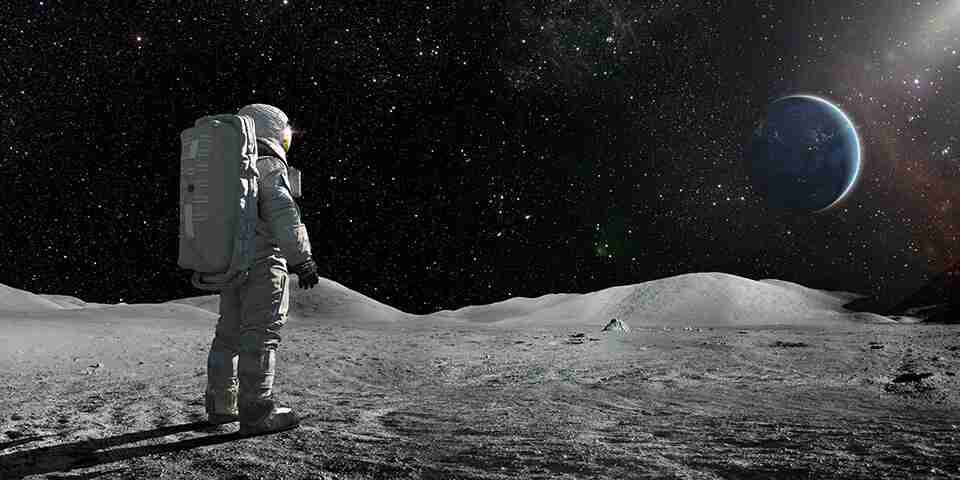
When it comes to coordinating activity, timekeeping is about much more than just the numbers on a clock. It helps people track the positions of objects, which will be greatly important when traffic increases around the moon. It’s also vital for communications, providing a common frame of reference for everyone conducting business on and around the moon. Just as the use of time zones played a critical role in long-distance rail travel in the 19th century, so will a lunar time zone in the space travel of the 21st.
“(W)e agreed on the importance and urgency of defining a common lunar reference time, which is internationally accepted and towards which all lunar systems and users may refer to. A joint international effort is now being launched towards achieving this,” ESA navigation system engineer Pietro Giordano said.
The lunar time zone will be used by LunaNet, a moon-specific internet framework of standards, protocols, and interface requirements for lunar missions. It will function as sort of a GPS for the moon.
“LunaNet will provide a new paradigm for Earth-independent navigation, assuring crewed and robotic missions can quickly and accurately determine their locations and feed that forward to their planning systems,” NASA’s Cheryl Gramling said.
It will allow lunar landers such as Argonaut, astronauts on Lunar Gateway, and those on the moon’s surface to communicate in real time, directing traffic and the like. A key reason for the lunar time zone, and a challenge in establishing it, is that compared to Earth, clocks on the moon gain about 56 microseconds (millionths of a second) per day. Exactly how much is gained depends where on the moon’s surface (or in lunar orbit) someone is.
Artemis Missions
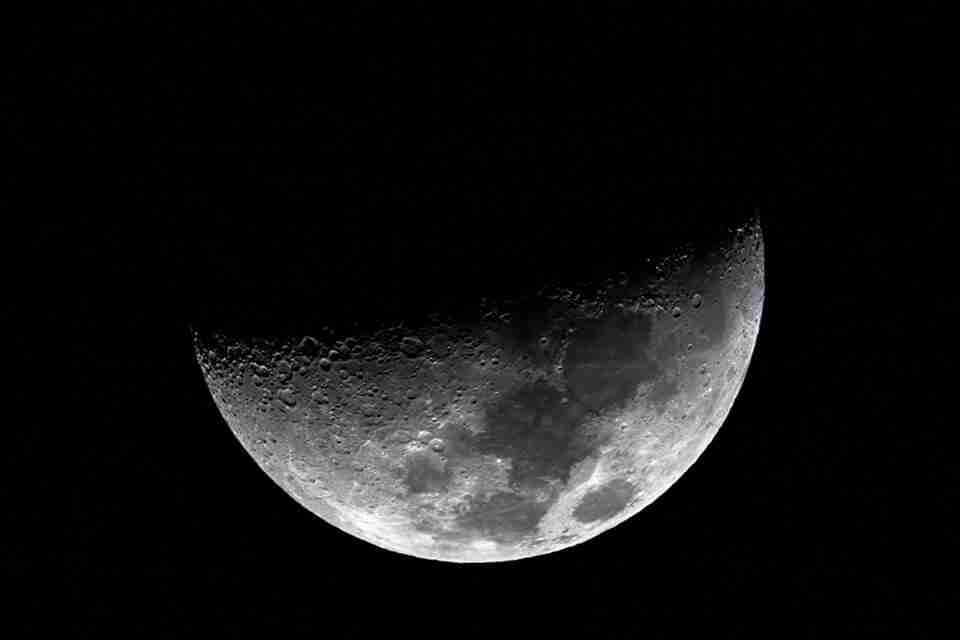
Slated for launch in November 2024, Artemis II will be the first space mission to bring a crew by the moon since 1972. Astronauts will not land on the moon this time, but they will perform a lunar flyby in the Orion spacecraft, which performed two lunar flybys without a crew and logged 1.4 million miles of flight over 25 days last November and December. Orion traveled 270,000 miles beyond the moon, the farthest a spacecraft that could carry astronauts has ever gone.
Artemis II will add four crew members, and if all goes well, Artemis III will return people to the surface of the moon first the first time in more than five decades. That mission will take place no earlier than 2025, with a specific timetable to be determined by the progress of Artemis II. The plan for Artemis III is to land astronauts near the lunar south pole, with two exploring the region for about one Earth week (one day on the moon is about 29.53 Earth days) and the other two remaining onboard Orion. NASA plans for the first woman and the first person of color to land on the moon during that mission.
While the hope is to have parts of the Lunar Gateway in orbit in time for Artemis III, the mission does not depend on that. However, that will mark the start of a sustained human presence on the moon with infrastructure such as habitats, rovers, scientific instruments, even mining equipment. The sheer amount of human activity on the moon will make the lunar time zone a necessity.
Growing Food
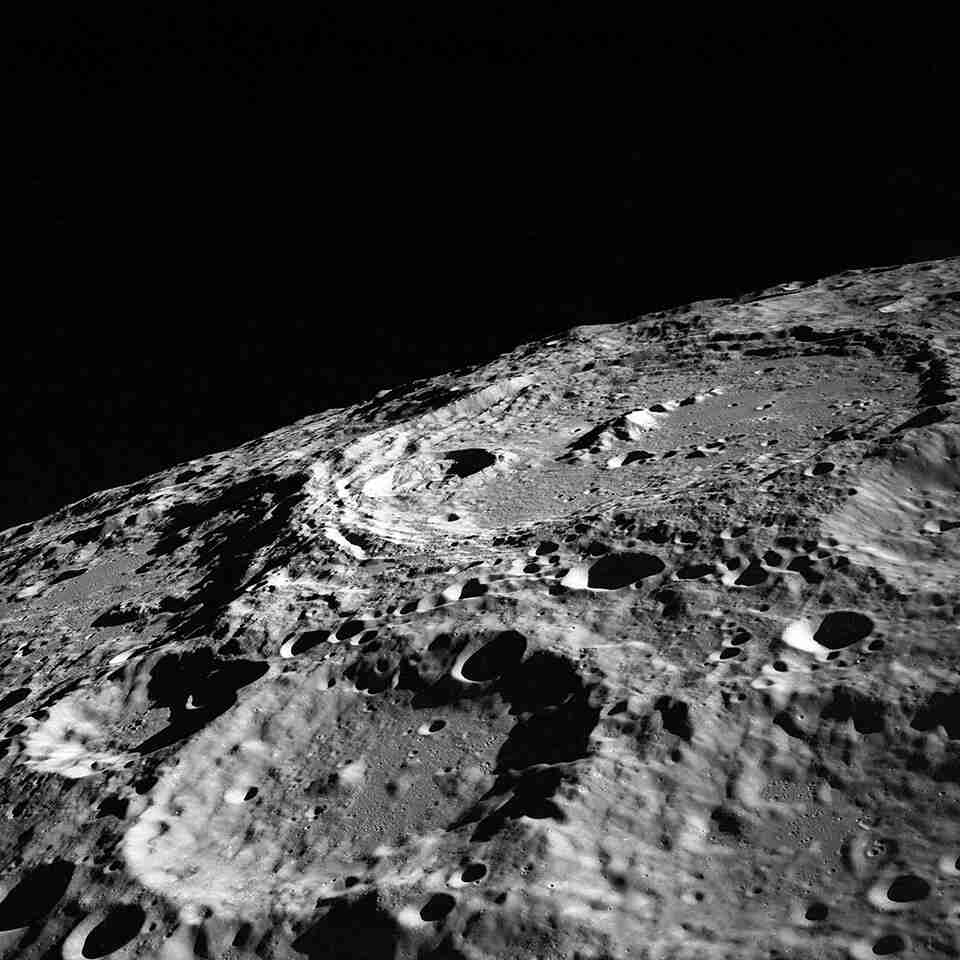
If people are going to be spending so much time on the moon, it might help to be able to grow food there. With that in mind, the ESA is working with Solsys Mining to figure out how to grow plants with lunar soil. Aside from its lack of nitrogen, lunar soil is a good source of nutrients and appears to work well as a fertilizer in a hydroponic system, even if planting straight onto the moon’s surface doesn’t work so well. Growing plants for food and oxygen will be critical for long-term lunar missions.
“This work is essential for future long-term lunar exploration. Achieving a sustainable presence on the moon will involve using local resources and gaining access to nutrients present in lunar regolith with the potential to help cultivate plants. The current study represents a proof of principle using available lunar regolith simulants, opening the way to more detailed research in the future,” ESA materials and processes engineer Malgorzata Holynska said.
Lunar agriculture could even pave the way for colonization. And with the new lunar time zone, astronauts won’t have to wonder when is dinner time on the moon.
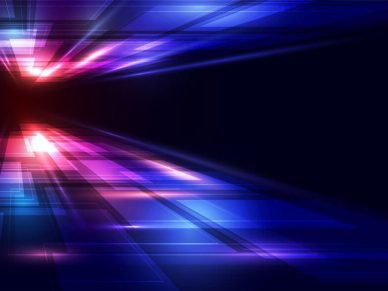
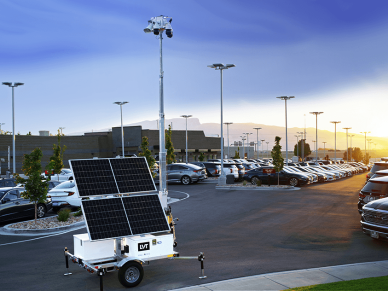



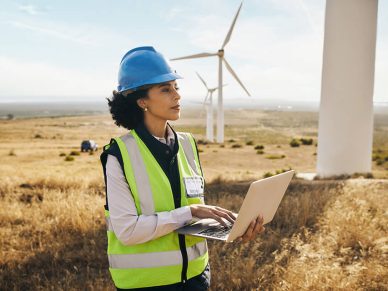
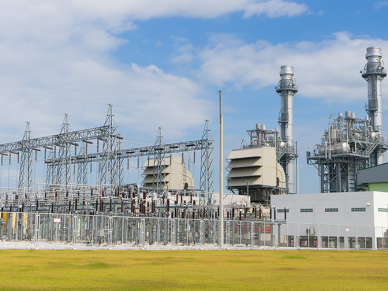


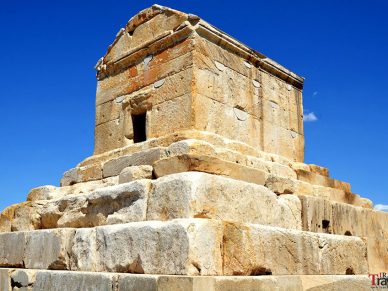
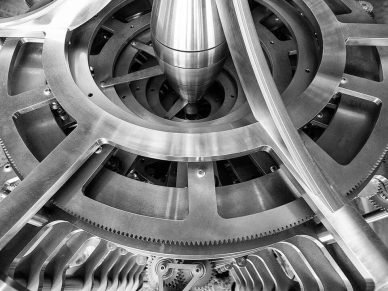





Leave a Reply